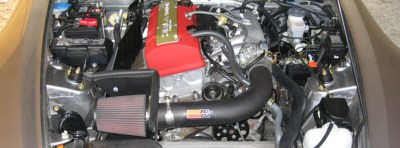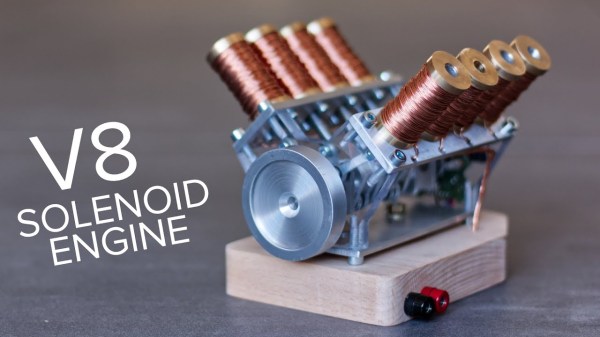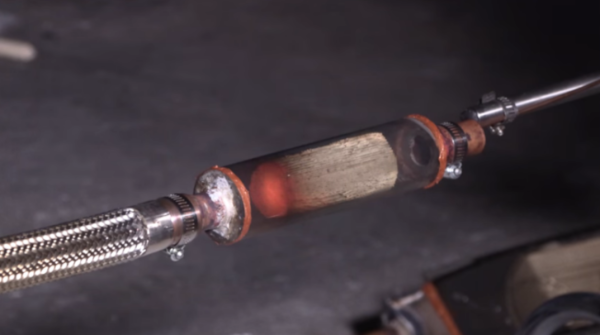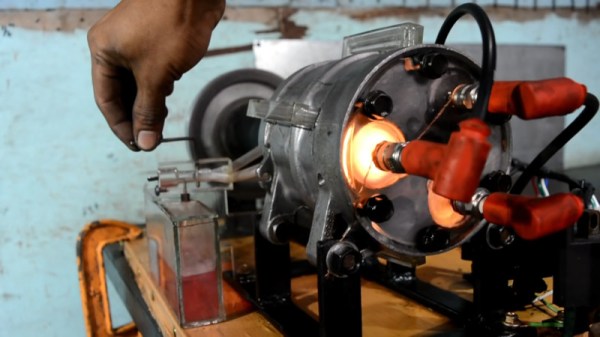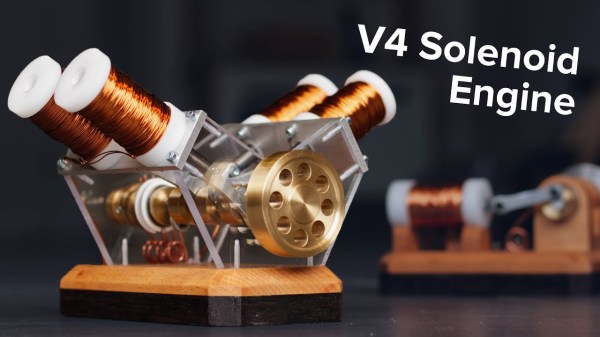The jet engine has a long and storied history. Its development occurred spontaneously amongst several unrelated groups in the early 20th Century. Frank Whittle submitted a UK patent on a design in 1930, while Hans von Ohain begun exploring the field in Germany in 1935. Leading on from Ohain’s work, the first flight of a jet-powered aircraft was in August 27, 1939. By the end of World War II, a smattering of military jet aircraft had entered service, and the propeller was on the way out as far as high performance aviation is concerned.
With the invention of the jet engine so far in the past, one could be forgiven for thinking that the technology has long been mastered around the world. However, recent reports show that’s not the case. China is a great example, facing issues with the development of jet engines for their indigenous military aircraft.
Closely Guarded Secrets

In the age of the Internet and open source, technology moves swiftly around the world. In the consumer space, companies are eager to sell their product to as many customers as possible, shipping their latest wares worldwide lest their competitors do so first. In the case of products more reliant on infrastructure, we see a slower roll out. Hydrogen-powered cars are only available in select regions, while services like media streaming can take time to solve legal issues around rights to exhibit material in different countries. In these cases, we often see a lag of 5-10 years at most, assuming the technology survives to maturity.
In most cases, if there’s a market for a technology, there’ll be someone standing in line to sell it. However, some can prove more tricky than others. The ballpoint pen is one example of a technology that most of us would consider quaint to the point of mediocrity. However, despite producing over 80% of the world’s ballpoint pens, China was unable to produce the entire pen domestically. Chinese manufactured ballpoint tips performed poorly, with scratchy writing as the result. This attracted the notice of government officials, which resulted in a push to improve the indigenous ballpoint technology. In 2017, they succeeded, producing high-quality ballpoint pens for the first time.
The secrets to creating just the right steel, and manipulating it into a smooth rolling ball just right for writing, were complex and manifold. The Japanese, German, and Swiss companies that supplied China with ballpoint tips made a healthy profit from the trade. Sharing the inside knowledge on how it’s done would only seek to destroy their own business. Thus, China had to go it alone, taking 5 years to solve the problem.
There was little drive for pen manufacturers to improve their product; the Chinese consumer was more focused on price than quality. Once the government made it a point of national pride, things shifted. For jet engines, however, it’s somewhat of a different story.
Continue reading “80 Years From Invention, China Is Struggling With Jet Engines”



